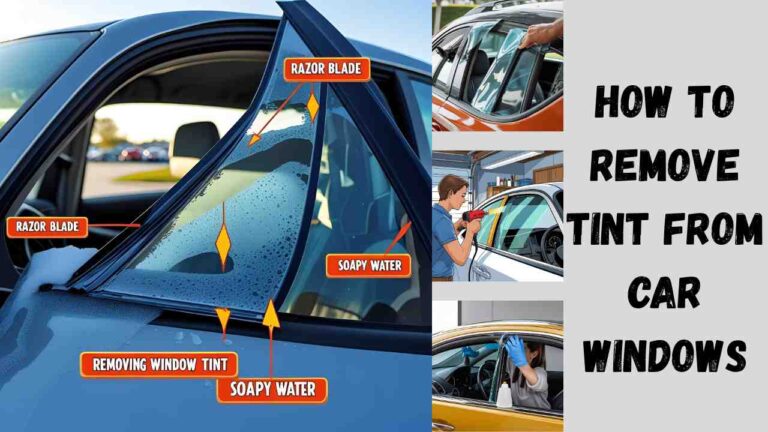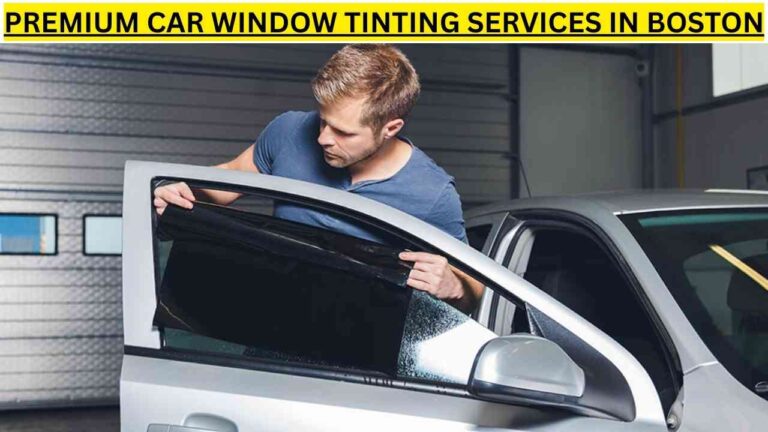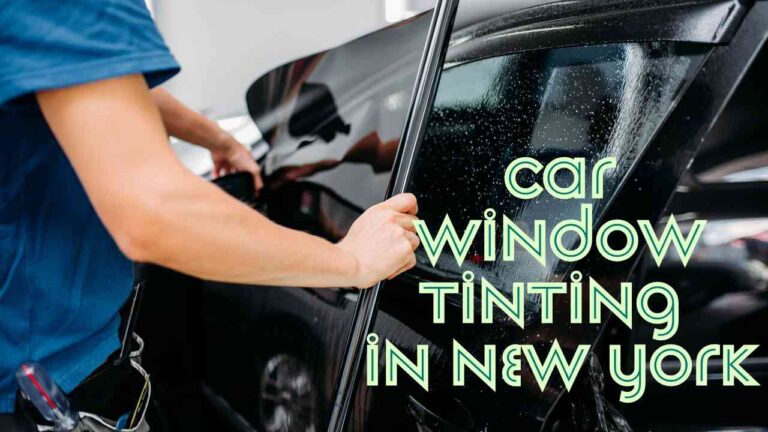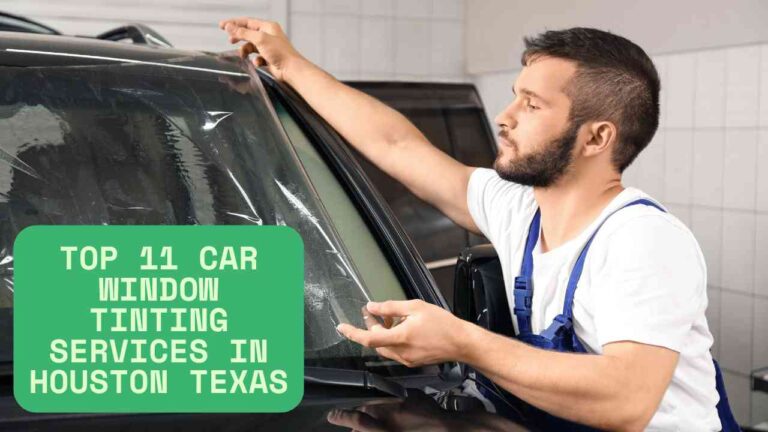Top 5 Mistakes People Make When Choosing Window Tint – Avoid These Errors in 2025
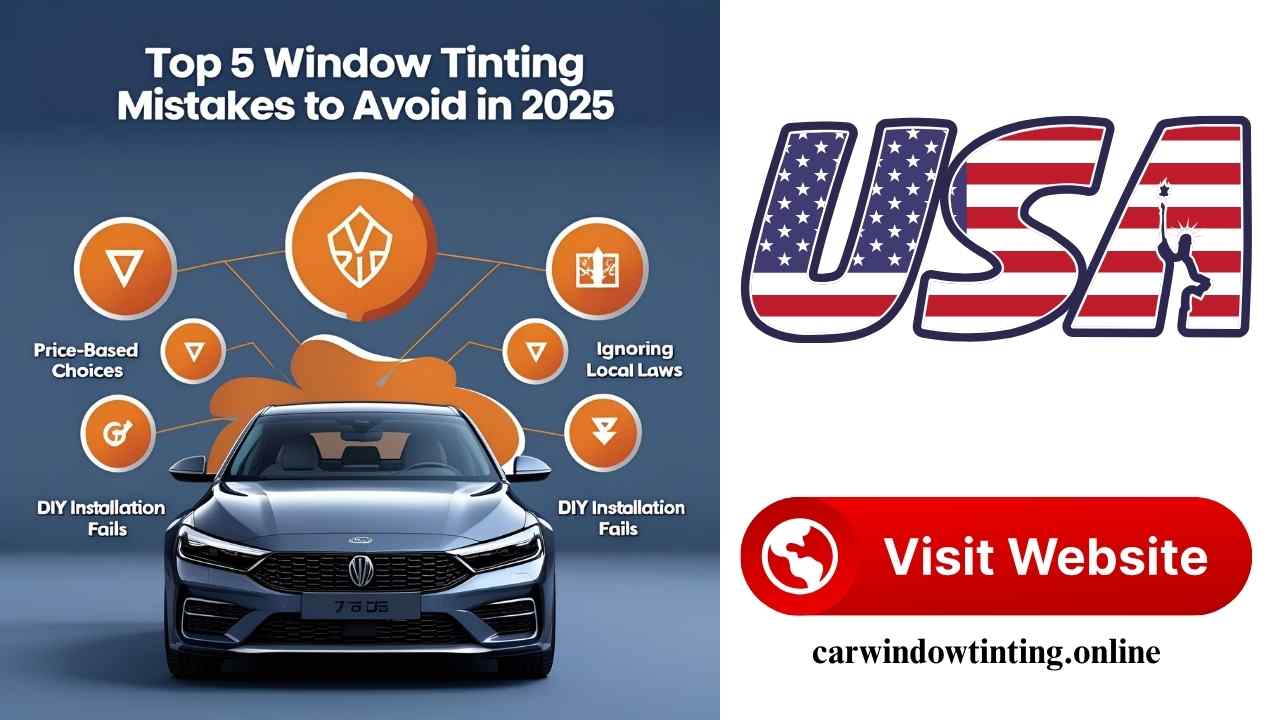
Introduction
Car window tinting is one of the most popular upgrades among vehicle owners in the United States… It enhances privacy, reduces glare, protects from UV rays, and adds a sleek look to your vehicle… But while it may seem like a simple modification, many people make critical mistakes when choosing their window tint…
In this article, we’ll break down the top 5 most common Window Tinting mistakes when people selecting window tint and how you can avoid them… Whether you’re tinting your windows for the first time or considering an upgrade in 2025, this guide will help you make the right decision…
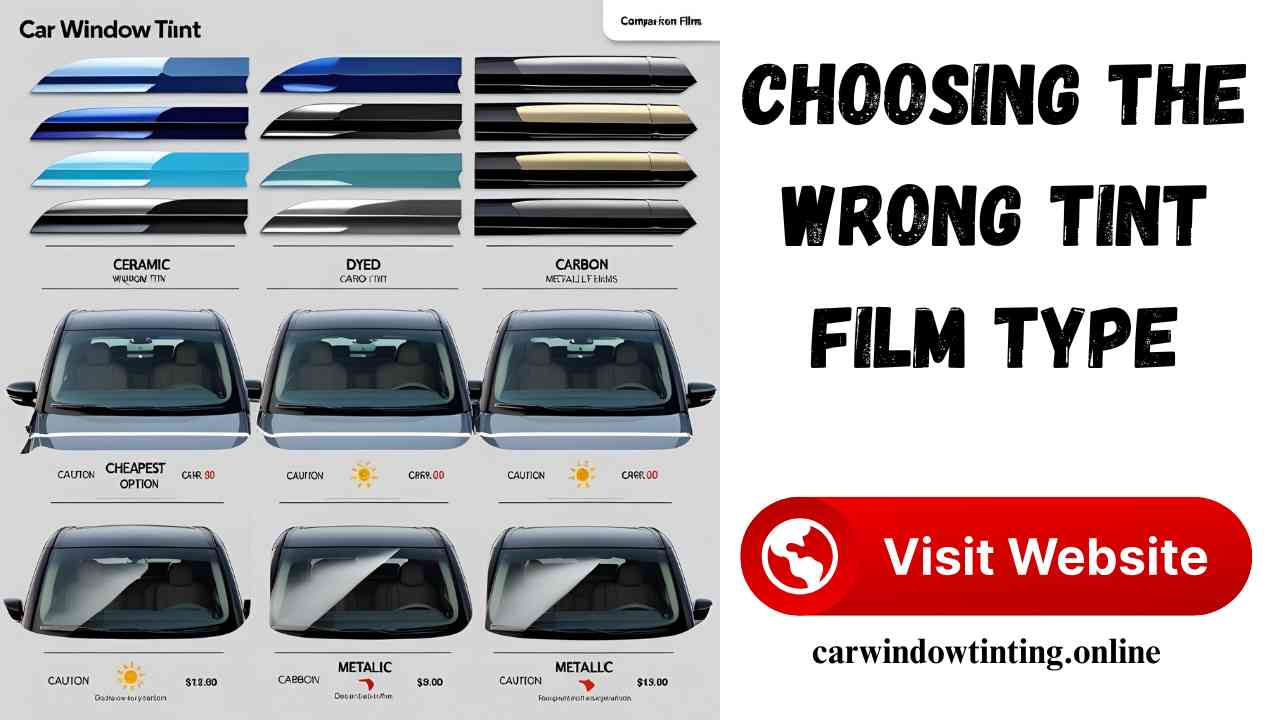
Mistake #1: Choosing the Wrong Tint Film Type
There are various types of window tint films available, each with its pros and cons… One of the biggest mistakes people make is choosing a film based solely on price, without understanding the differences…
Common Tint Types:
- Dyed Film: Budget-friendly but offers low heat rejection and fades over time…
- Metalized Film: Reflects heat well but may interfere with GPS, radio, and phone signals…
- Carbon Film: Excellent UV protection, does not fade, and blocks infrared light…
- Ceramic Film: Premium option with the best UV/IR protection, durability, and signal clarity…
Avoid This Mistake: Choose a film that suits your needs, budget, and location… For hot climates, ceramic or carbon tints are the best choices…
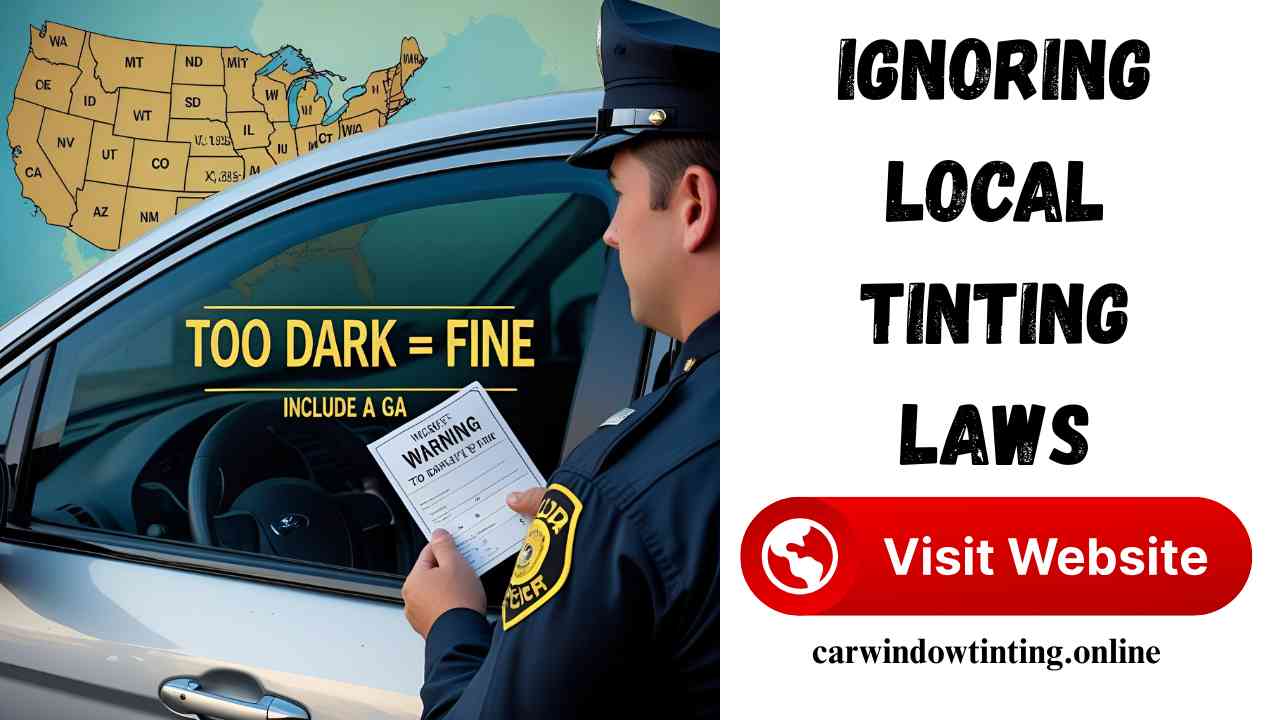
Mistake #2: Ignoring Local Tinting Laws
Every US… state has its own window tinting regulations based on VLT (Visible Light Transmission) percentages… Many car owners make the mistake of installing a tint that is too dark, only to fail inspection or get fined…
Examples:
- California: Requires at least 70% VLT on front windows…
- Florida: Allows 28% on front sides and 15% on the rear…
- New York: Minimum of 70% VLT on front side windows…
Avoid This Mistake: Check your state’s tinting laws before installation… A reliable installer will help ensure your tint complies with legal requirements…
➤ Want to know more? Visit our Car Window Tinting FAQs
Mistake #3: Choosing an Unreliable Installer
Even the best film can fail if installed poorly… Many people look for the cheapest installer, only to end up with bubbles, peeling edges, or uneven application…
Red Flags to Avoid:
- No certification or warranty
- Dirty workspace or tools
- Inability to show previous work
Avoid This Mistake: Always choose a certified and reviewed professional… Ask for samples of their work and check online reviews before booking…
🔗 Explore top-rated services:
Mistake #4: Overlooking Tint Warranty and Durability
Many car owners forget to ask about warranties, leading to problems if the film peels, bubbles, or fades prematurely… Low-quality tints often degrade within 1–2 years…
Avoid This Mistake:
- Always ask for a written warranty (lifetime or at least 5 years)
- Choose brands known for durability like 3M, Llumar, or Huper Optik
- Understand what’s covered: color fading, peeling, cracking, or installation flaws
Mistake #5: Picking a Tint That Reduces Night Visibility
A dark tint might look cool, but it can be dangerous at night, especially on front windows… Poor visibility can increase accident risk and reduce your ability to see pedestrians or cyclists…
Avoid This Mistake:
- Stick to legal and safe VLT levels for front and side windows
- Consider ceramic tints which block heat and UV rays without going too dark
- If you often drive at night or in rural areas, lighter tints are safer
Bonus Tip: Don’t Skip Aftercare
After installation, your tint needs proper care to last:
- Don’t roll windows down for 3–5 days
- Clean only with ammonia-free products
- Use a microfiber cloth to avoid scratches
FAQs About Window Tinting Mistakes
What is the most common mistake people make when tinting their car windows?
The most common mistake is choosing the wrong type of tint film based solely on price without understanding heat rejection, visibility, and durability differences.
Can dark tint cause problems at night?
Yes Dark tints can reduce visibility during night driving, increasing the risk of accidents… Choose a VLT level that complies with local laws and fits your driving habits.
How do I check if a tint is legal in my state?
You can visit your state’s DMV website or consult with a local certified tint installer who is familiar with regional regulations.
Does car window tinting come with a warranty?
Many premium films come with a manufacturer or installer warranty… Always ask for written proof before installation.
Why is choosing the right installer so important?
Poor installation leads to bubbles, peeling, and reduced lifespan of the tint… A professional installer ensures durability, clean application, and compliance with laws.
Final Thoughts
Window tinting is a smart and stylish investment, but only when done correctly… By avoiding these 5 common mistakes, you can enjoy the full benefits of your car window tint — from UV protection and privacy to improved aesthetics and safety…
Take your time to research the right tint, follow legal guidelines, choose certified professionals, and invest in quality materials… Your car — and your wallet — will thank you…
Ready to Tint Your Car?
Visit our homepage for a complete Car Window Tinting Guide and city-wise recommendations…
Stay tuned for more expert guides and city-specific tinting recommendations!
#WindowTintingMistakes #CarWindowTint #TintingErrors #CeramicTint #TintLawsUSA #AutoTintGuide #WindowTintTips #BestCarTint #Tinting2025 #VehicleWindowTint #CarModification #UVProtectionTint #TintingSafety
